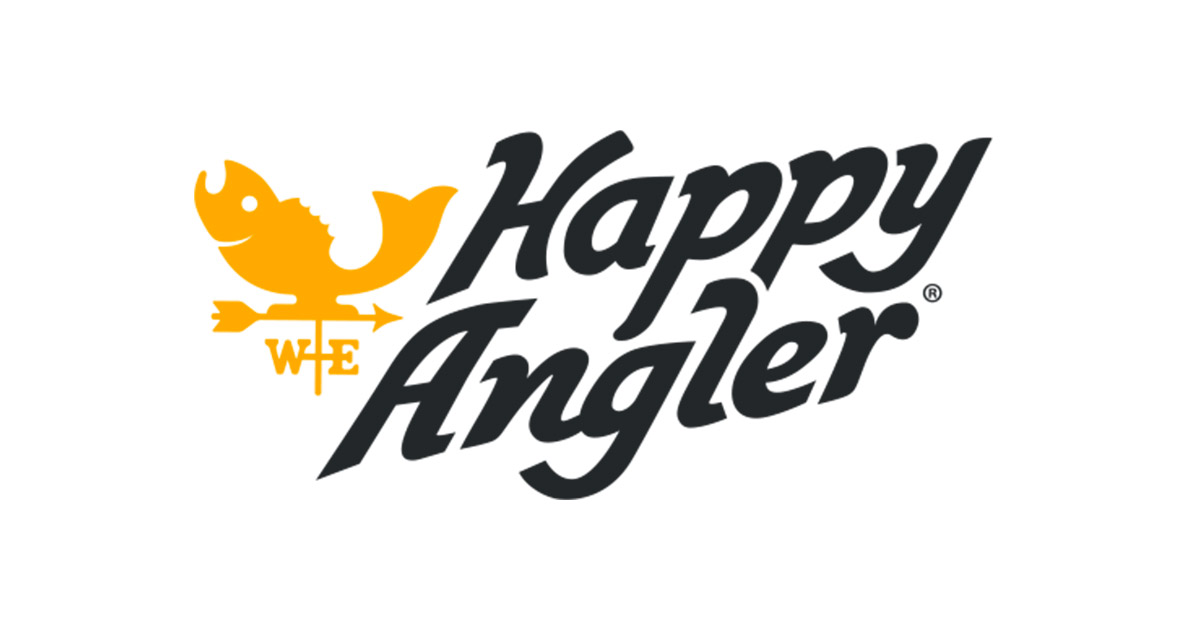
Vertical jigging for zander – fun and effective!
In recent years, vertical fishing has developed significantly, and the style continues to attract new enthusiasts. You can start without expensive gear and the style is suitable for any body of water throughout the year. Vertical fishing is an interesting and very effective option for zander in particular. During the open water season, zander attacks the lure with force and often does so very near to the boat. We also recommend trying vertical jigging in the wintertime.
Cold water jigging in middle water
Once the ice has cleared in the spring, zander can typically be found above basins. The fish are preparing for the spawning season, but they are still willing to go after jigs. Here, the best technique consists of using a good sonar to find solid signs of fish in middle water. Move forward at a speed of 4 to 8 km/h and stop once you have located a promising signal.
Lower your jig to approximately one meter above the fish. Often the fish will bite immediately, but if this does not happen you should move the jig up and down using small movements. This type of vertical jigging is done with a slightly stiffer vertical rod and braided line that is thicker than normal. I prefer a 0.15 braided line, as zander can react quite forcefully, requiring decent quality and resilience from the line. This also allows me to use heavier (approx. 30–40 grams) jig heads, which means that the jig reaches its effective depth faster. When the waters are cold, larger jigs (for example 7”) are better at provoking the zander trying to conserve energy to attack. Vertical fishing offers the largest zander catches in middle water in both spring and autumn.
Jigging on the bottom in the spawning season and in warmer waters
In May–June, zander begins to spawn and can be found near small rocky islands surrounded by deeper water. Male zander remains near the spawn to protect it and tends to react quickly to jigs drag along the bottom. This technique is also excellently suited for vertical rods. Once you have found a decent spot, stay alert to avoid drifting past it too quickly. In case of strong winds or currents, it is advisable to use an anchor or an electric motor. Modern electric motors designed for this purpose are great. With an electric motor you can park right above the zander spot and remain in place with the push of a button. Zander spawn is vulnerable to roach feeding at the bottom, which is why male zander protect their territory quite aggressively. This is why your jig should travel very slowly along the bottom. The best technique is to lift the jig just a few centimeters off the bottom and then drop it straight back. With this technique I like to use 4–5” Relax Kopyto jigs, but other similar jigs are also suitable. I use lighter jig heads (below 30 grams) and thinner (0.10 mm) braided line. Optimal jig color is a frequent topic of discussion. In my opinion, the same rule as in salmon trolling applies here. Bright colors, such as yellow or even white are good for clear skies, while darker colors are good for cloudy or rainy weather. The color of the water also impacts your choice of jig. When purchasing jigs, I recommend getting a decent assortment of colors and designs right from the start. Bottom jigging can also be done throughout the boating season, but it is at its most effective in the summertime when the water is warm.
Jigging tips and equipment
You must react quickly as soon as you feel the bite. You can use a regular baitcasting rod, but sensitive rods measuring less than two meters designed for vertical jigging have proven to be the best option. These rods allow you to feel even the most careful zander bite. Baitcasting reels are well-suited for this style of fishing. A modern low-profile baitcasting reel is the optimal choice. Such reels provide a better feel for the rod and allow you to feel each bite. Zander fishing requires sharp, high-quality hooks. I use Gamakatsu jig heads with an Owner Stinger treble hook placed near the tail of the jig.
Zander population and releasing your catch
Traditional zander fishing is an evening or nighttime activity. In turn, modern vertical jigging is most effective when its light out. Occasionally, jigging may lead you to a genuine zander breeding ground offering a massive haul. In this case you should consider the population. Avoid the largest spawning fish, as they are important to the future of the zander population. Do not be greedy. Although few fish are as delicious as zander, you should still release the fish you are not going to eat. I recommend using a net with rubberized netting, as that will prevent damage to the scales and skin mucus of the zander. When photographing your catch, act quickly and release the fish carefully.
Keep your lines tight! Let's go vertical jigging!
Kristian Keskitalo
Bigcatch AB –kristian@bigcatch.se– www.bigcatch.se






